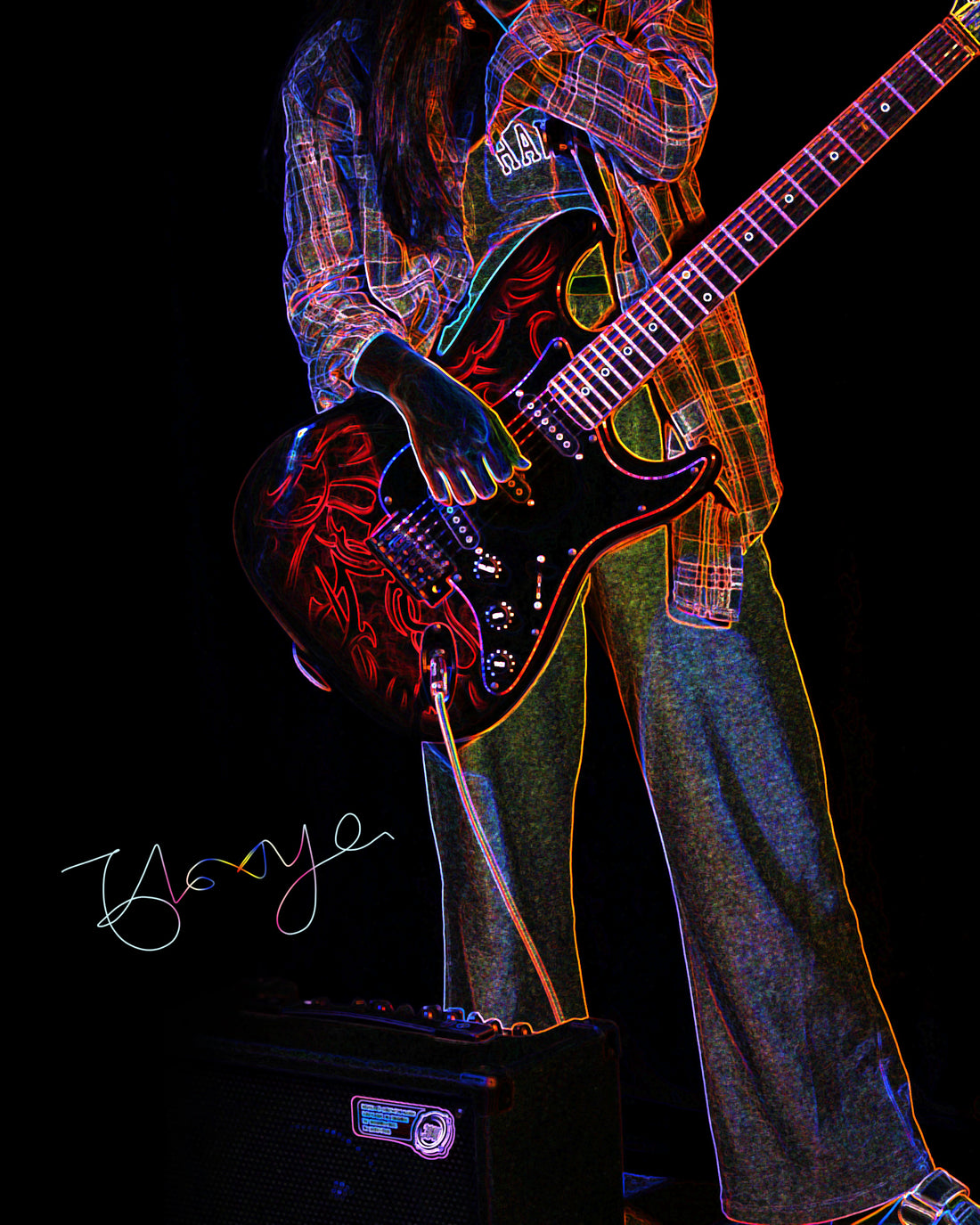Many guitarists want great tone and effects, but certain people tend to overlook the most important part - the cable. Comments on whether guitar cables are great are based on both low noise and tone.
Guitar cables and low noise
The relationship between guitar cables and noise. Guitar cables themselves are structurally intact antennas, so they are often subject to interference from electromagnetic radiation from stage lights, transformers, and other electronic devices that generate noisy signals. The material and density of the shielding layer does not have much effect on the shielding effect, but in fact the guitar cable is often stepped on or bent, there will be a local change in capacitance where it is stepped on or bent, generating noise, so it is very necessary to require a certain density and strength. There should not be any gaps between the outer plastic, nylon or rubber protective layer of the guitar cable and the internal shielding network and signal cable, and the shielding layer should not have significant changes in weave density when bent by hand.
Guitar cable external strength also has certain requirements, the line quality is too soft will be easy to wind together or produce hard bending, the use of very troublesome, but also affect the tone. The outer protective layer of black soft rubber guitar wire is easily dirty, the strength is also too poor, the general high-quality guitar wire will not use this material. The nylon outer layer of guitar wire is ideal, it will not age and become hard, and there are usually a variety of colors to choose from to make it easy to distinguish.
Guitar Cables and Tone
The effect of guitar cable on tone is mainly reflected in the difference in capacitance of the guitar cable. The capacitance and length of the guitar cable increases, the high frequency attenuation increases. If the capacitance value is too high or the guitar cable is too long, the high frequency conduction speed will be significantly slower than the low frequency, resulting in phase drift phenomenon, and the clarity and cohesion of the tone will be greatly reduced.
The impact of capacitance on tone is most serious when using passive pickups with high output impedance and speakers with high input impedance, such as traditional Fender lyres with access to tube amps. If your effects output impedance is low, then the capacitance of the line between the effects and the speaker or mixer will have very little effect on the tone.
Specifically for stage use, if your feet is a speaker simulator or a synthesizer with speaker simulation function, the output standard signal to the mixer, then your guitar and effects between the line must be high quality, effects and mixer with a good shielding quality between the mid-range line can be. If your feet are several single block effects, effects connected behind a row of Marshall speakers, then the guitar to the effects and effects to the speakers with high-quality wire. If your feet are a few ordinary single block effects, single block effects connected to the mixer.
If the bypass function of your effects is true bypass and you are going to use the tone in both bypass/non-bypass states, then you should also use high quality cables for the connections.
If you are playing at a high volume, the return tone may also be generated by the guitar cable. Good insulation between the inner signal wire of the guitar cable and the shield can effectively avoid this problem.

